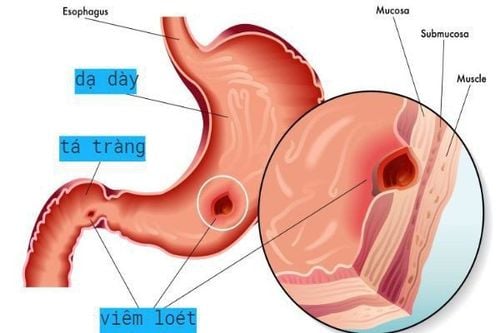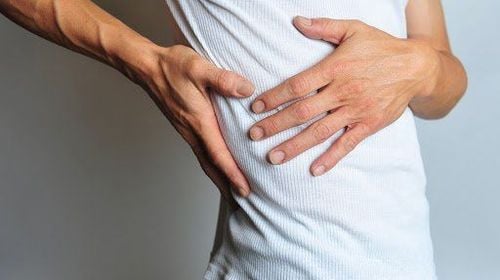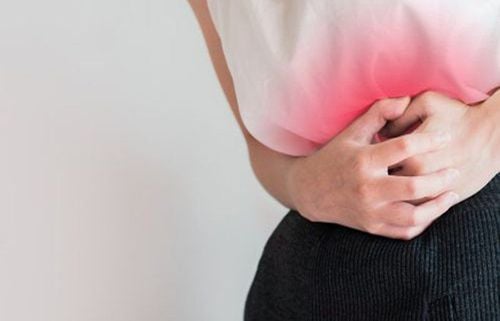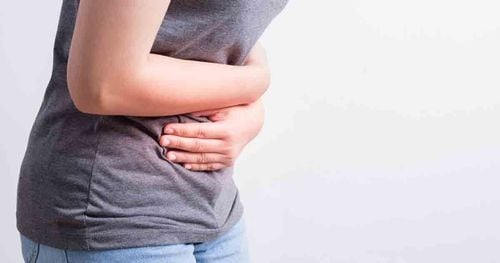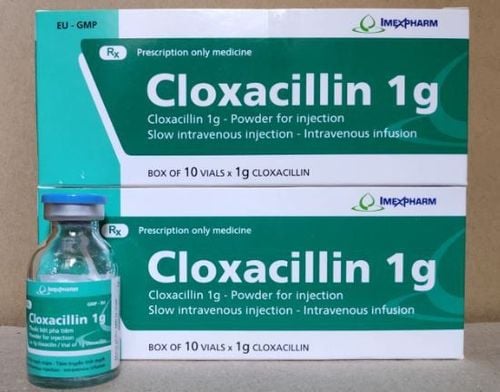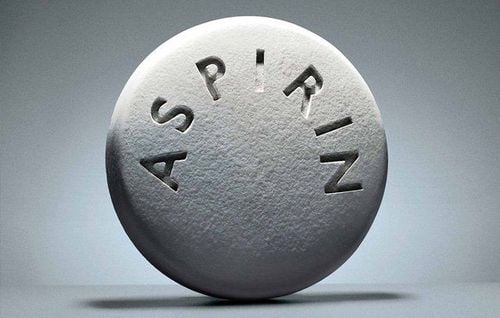This is an automatically translated article.
The article is professionally consulted by Master, Doctor Nguyen Thai Binh - Gastroenterologist - Department of General Surgery - Vinmec Ha Long International General Hospital. The doctor has more than 20 years of experience working in the specialty of abdominal surgery.After surgery for peritonitis, if the inflammation cannot be completely controlled, the patient is often placed a drainage tube so that the inflammatory fluid in the peritoneum continues to drain out. Accordingly, the care of abdominal drainage after surgery for peritonitis is an important component of postoperative care, helping patients quickly heal and leave the hospital.
1. What is abdominal peritonitis?
Peritonitis is inflammation of the thin membrane that covers the internal organs of the abdomen. The causative agent is usually a bacterial or fungal infection. However, peritonitis can also result from any rupture or perforation of abdominal organs or as a complication of other medical interventions.Peritonitis is an acute diagnosis that requires prompt medical attention to fight the infection and limit its spread. Treatment of peritonitis often requires the use of antibiotics and, in some cases, surgery. If the inflammation is not completely controlled, the patient will be placed a tube to drain the abdomen after surgery for peritonitis.
The tube will be removed when the patient's condition is stable. Conversely, if left untreated, peritonitis can extend beyond the peritoneum leading to serious, potentially shocking infections and life-threatening organ failure throughout the body.
For patients on peritoneal dialysis, the risk of abdominal peritonitis can occur at any time. Therefore, you need to stay vigilant and prevent peritonitis by following good hygiene before, during, and after dialysis.
2. What are the causes of abdominal peritonitis?
Abdominal peritonitis can occur for many reasons. Common causes of peritonitis include:Medical interventions such as peritoneal dialysis to remove waste products from the blood in end-stage chronic kidney disease. Infection can occur during peritoneal dialysis due to unclean surroundings, poor hygiene, or contaminated equipment. Peritonitis can also result from various types of gastrointestinal surgery and also endoscopic procedures. Perforated appendicitis, peptic ulcer, or perforation of the colon. Any of these conditions can allow bacteria to enter the peritoneum. Pancreatitis . Pancreatitis complicated by an infection can lead to peritonitis if the bacteria spread beyond the pancreas. Diverticulitis. Infection in the small sacs in the digestive tract that, when ruptured, can cause peritonitis. Injury. Trauma to the abdominal wall or blunt abdominal trauma can cause peritonitis by allowing bacteria or chemicals from other parts of the body to enter the peritoneum. Spontaneous peritonitis is often a complication of liver disease, such as cirrhosis. Advanced cirrhosis causes a large amount of fluid to accumulate in the abdominal cavity, which is favorable for bacteria to proliferate and cause disease. In addition, when the patient has the following factors will increase the risk of peritonitis
Peritoneal separation surgery. Peritonitis is quite common in people who have been and are undergoing peritoneal dialysis. Patients with conditions that increase the risk of developing peritonitis include: appendicitis, cirrhosis of the liver, Crohn's disease, diverticulitis, peptic ulcers, and pancreatitis. The patient has a history of peritonitis. When a patient has had peritonitis in the past, the risk of recurrence is higher than that of someone who has never had the disease.
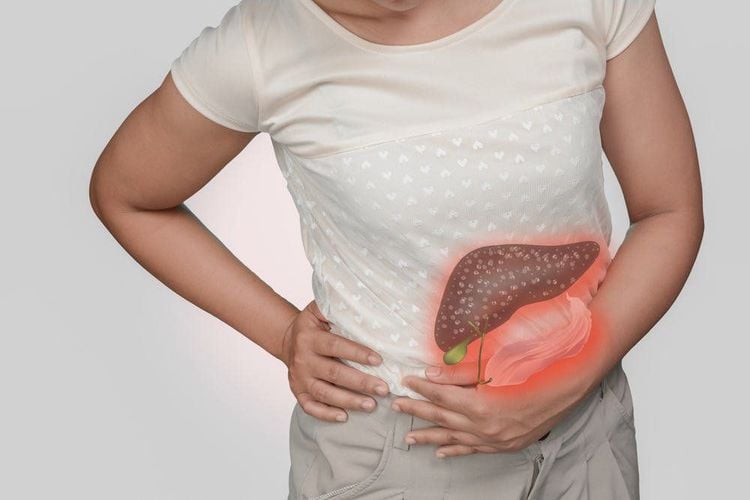
3. What are the symptoms of abdominal peritonitis?
Some of the typical symptoms of peritonitis include:Abdominal pain Bloating or feeling of fullness Fever Nausea and vomiting Loss of appetite Diarrhea Low urination Thirst Passing stool Fatigue If you are on dialysis In the abdomen, peritonitis symptoms are manifested by cloudy dialysis fluid, the appearance of white streaks, fibers or lumps in the dialysis fluid.
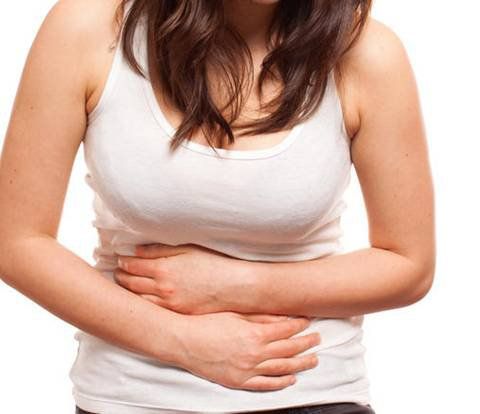
4. How to treat abdominal peritonitis?
When the above symptoms are combined with subclinical conditions, you need to be hospitalized to treat peritonitis. Components of treatment may include:Antibiotics. You will be prescribed antibiotics or an IV to fight the infection and prevent it from spreading. The type and duration of antibiotic treatment depends on the severity of the abdominal peritonitis. Surgical treatment is often needed to remove infected tissue, treat the underlying cause of the infection, and prevent the infection from spreading, especially if the peritonitis is caused by a ruptured appendix, stomach, or colon. . In case the inflammation has not resolved completely or the peritoneum still secretes reactive fluid, the doctor will place an abdominal drainage after surgery for peritonitis. The goal is to continue to help the inflammatory fluid to be excreted and the tube to be withdrawn only when the condition is stable. Other supportive treatments. Depending on your signs and symptoms, treatment may include pain medication, fluids, supplemental oxygen, and, in some cases, blood transfusions. If you are on peritoneal dialysis and have peritonitis, your doctor will advise you to have dialysis another way for a few days while your body needs to heal from the infection. If peritonitis persists or recurs, the patient may need to stop peritoneal dialysis completely and switch to another form of dialysis treatment.
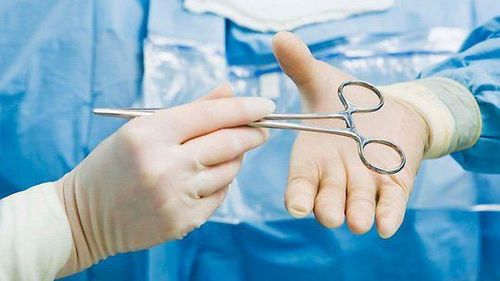
5. How to take care of abdominal drainage after peritonitis surgery?
After surgery for peritonitis, a drainage tube is placed for the purpose of draining inflammatory and reactive fluids out, cleaning the abdomen. However, it can be a source of infection upstream if not well taken care of.Thus, taking good care of the abdominal drainage tube and the skin around it and the incision is the most important way to keep the catheter working properly and reduce the risk of infection. To do this, the following should be observed:
After catheterization, a sterile gauze dressing is usually applied over the exit site to prevent the catheter from moving and to keep the area clean. In the first days, dressings will be replaced along with the cleaning of the peritonitis surgical wound with professional nurses in the hospital. Regularly observe the skin around the catheter, which is usually not swollen, red, or painful. Catheter discharge may be a small amount of clear yellow, pink, or white mucus. A crust or scab may form around the tube every other day. If the skin is red, painful, feels hard, or has pus around the catheter, the tube may already be infected. You need to notify your doctor for intervention. The treatment at this time will depend on the condition of the disease such as changing antibiotics, considering early extubation or both surgery. To avoid infection of the drain, the skin around the catheter should be kept dry and clean. You should not take a bath or swim during this time. Cleaning and bathing should be done with clean water and using a cloth or sponge. While the catheter is still in place, avoid vigorous walking or strenuous exercise as this will displace the catheter.

Abdominal peritonitis surgery is very important and requires good technique, so you should choose a reliable and reputable medical facility. Vinmec International General Hospital is one of the prestigious and quality medical addresses trusted and appreciated by patients across the country. Here, there is a team of highly qualified domestic and international medical doctors, reputable in the industry, with the heart and vision to help diagnose and treat the best diseases. In addition, the system of equipment and facilities here is very modern and advanced, effectively supporting for accurate disease detection and effective treatment.
Please dial HOTLINE for more information or register for an appointment HERE. Download MyVinmec app to make appointments faster and to manage your bookings easily.
References: mayoclinic.org, medicinenet.com, kidney.org,




